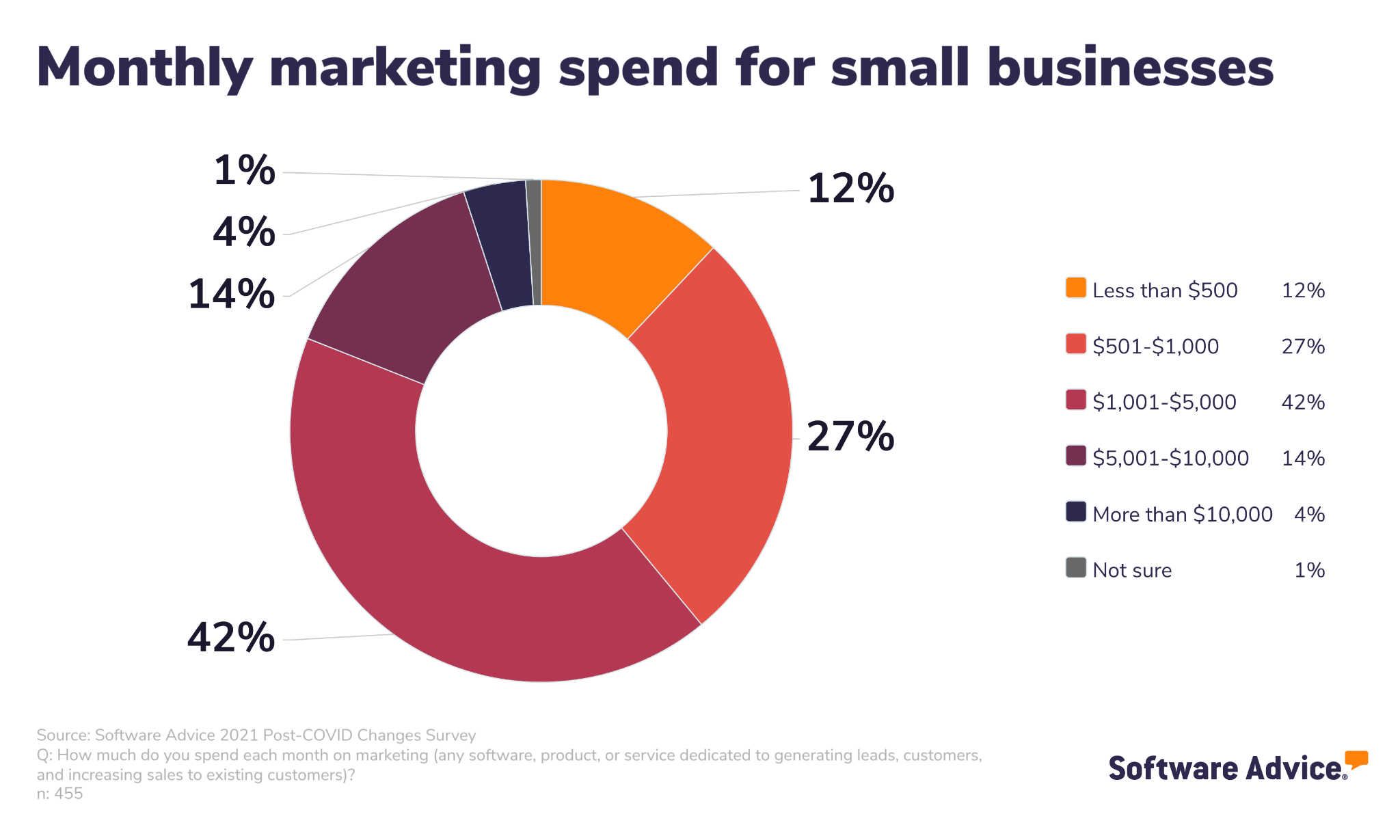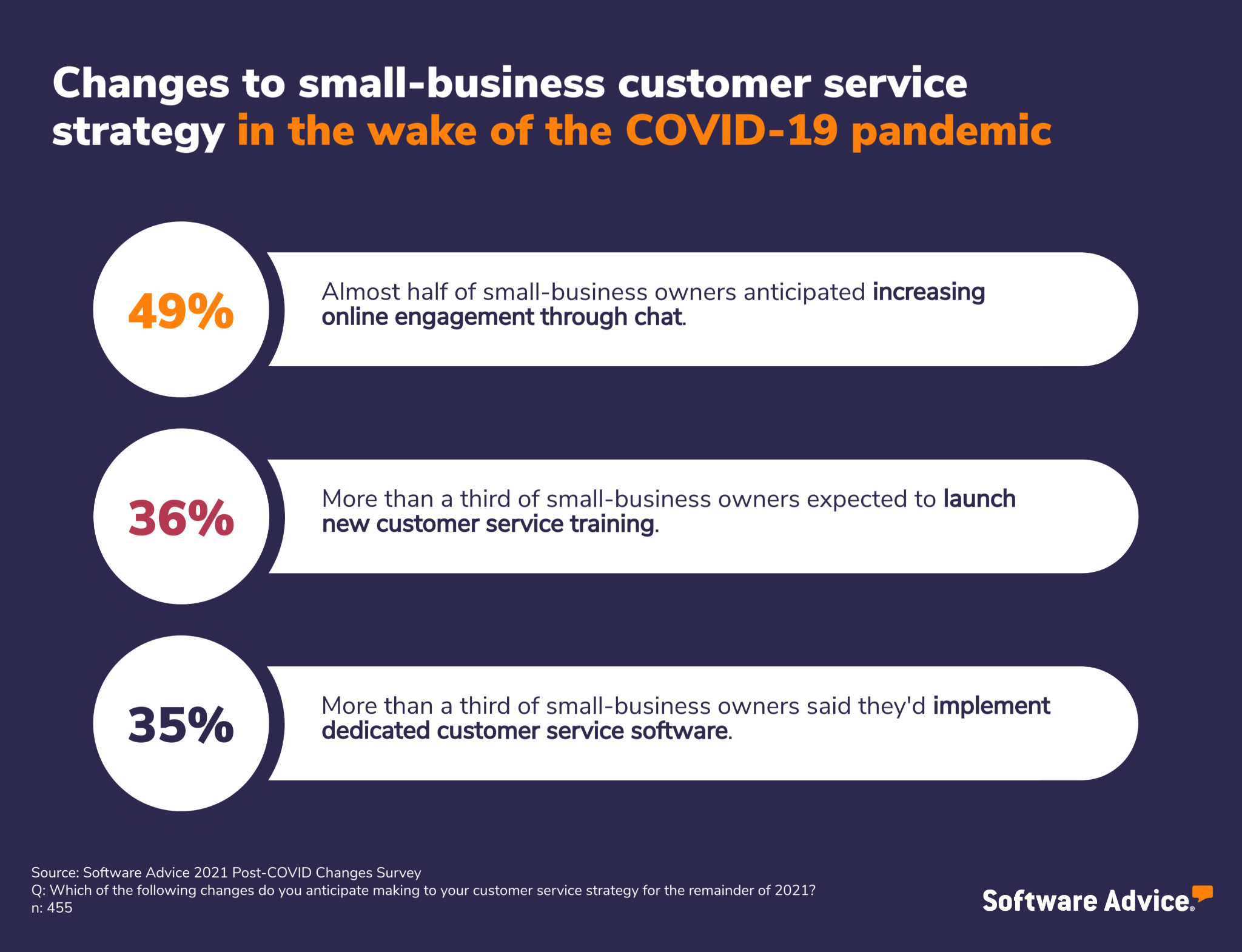3 Research-Backed Ways Good Customer Service Benefits Your Small Business
What do Chewy, Trader Joe’s, and the East Coast’s beloved Wawa gas station have in common? They’re all part of Forbes’ Halo 100, a list of businesses that go above and beyond to provide their customers with excellent customer service.
In building their inaugural roster, Forbes and HundredX, a data and analytics company out of Dallas, solicited feedback from 110,000 consumers on more than 2.8 million interactions with different brands over 2021. Their goal, according to HundredX founder Rob Pace, was “to measure the outcomes you’re creating for customers versus their other options.”
To be clear, your customers do have other options, but good customer service can keep them loyal to your brand. Customer loyalty is just one reason that small business leaders, such as yourself, should set the bar high for customer service. Other reasons include increased profits, conversion rates, and the ability to stay competitive with other businesses.
Read on for a deeper dive into the benefits of customer service, as well as a discussion of some tech tools that can help you achieve your customer service goals sooner.
1. Repeat customers = increased profits
According to our 2021 *Post-COVID Changes Survey, 60% of small-business owners spend more than $1,000 per month on acquiring new customers through marketing.

2021 Post-COVID Changes Survey: Monthly marketing spend for small businesses
That’s no small change. And while marketing is an expense you’ll probably never be able to nix from your budget, good customer service can save you money on customer acquisition.
How so? Because repeat customers are more cost-effective than new ones. The growth of your customer base has to significantly outpace customer churn to result in profit, particularly when you consider how much small-business owners are spending to acquire those customers in the first place.
But according to Forbes, all it takes is a 5% increase in your customer retention rate to see a 25% or more increase in profit. What’s more, a loyal customer is also more likely to spread the word about your product or service to their friends and family, which can additionally increase your margins.
This is all the more reason to prioritize your existing customer base through great customer service. Read on for incentives you can provide your customers to keep them coming back.
2. Customer service-related incentives drive conversion rates
A conversion rate is the percentage of visitors to your website who complete a desired action. These actions can include making a purchase, engaging with your online chat, signing up for a subscription, or upgrading their service.
According to BigCommerce, average conversion rates for online retailers tend to hover around 2%, which is low. This is because most website visitors simply tend to browse more than any other action.
Providing customers with a customer service-related incentive, however, can go a long way toward increasing your conversion rates. A recent Georgia Southern University study found that the following customer service features play a significant role in increasing conversion rates for online retailers:
Customer service features
Auto-replenishment. Auto-replenishment sends and resends products that need frequent restocking, such as pet food, cleaning products, or pantry staples.
Free return shipping. Free return shipping lets customers return items free of charge.
Home services. These include in-home product installation or project estimates.
Paid membership. A paid membership allows customers to use specialized retailer services and allows online retailers to build contractual links with their customers. Examples include Netflix and Amazon Prime.
Same-day delivery. Same-day delivery allows a customer to receive a package the same day they place their order.
In addition to driving customer loyalty, these features improve supply chain efficiencies, increase post-return spending, and boost demand for services. And while other features such as free shipping and live chat were not significant in the context of this study, this doesn’t mean they’re not beneficial. Instead, they should be used in addition to one or more of the above features.
As a small-business owner, you’ll want to implement as many of these features as possible that make sense for your product or service: If same-day delivery isn’t possible, offer two-day shipping. Also, strive for consistency with your incentives. If you’re hoping to build brand loyalty with free return shipping, make sure that’s something you can continue to offer your customers.
3. Better service keeps you competitive
Excellent customer service not only boosts conversion rates–it can also help you compete with other businesses.
This has been especially true in the wake of the COVID-19 pandemic. To keep customers happy, many businesses made changes to their customer service strategies. Examples include American Eagle, which expanded its return policy indefinitely, and Target, which enhanced its existing curbside program with new order pickup and same-day delivery features.
If you haven’t revisited your customer service strategy in the past couple years, it’s not too late to get on board. To give you some ideas, here are the most popular answers small-business owners gave when we asked them what changes they anticipated making to their customer service strategy in the wake of the pandemic:

2021 Post-COVID Changes Survey: Anticipated changes to customer service strategy
Almost half (49%) of respondents anticipated increasing customer engagement through chat, 36% planned to launch new customer service training, and 35% said they’d implement dedicated customer service software. Runner-up answers included increasing the number of customer touchpoints and introducing new methods of customer feedback, both at 34%.
These last two answers speak to another trend that’s emerged within the last few years: omnichannel customer service. With the average consumer now using six touch points per purchase, you’ll want to consider ways to make your customer service strategy work across multiple channels. This might look like:
Customer service strategies
An app in addition to your online store.
The ability to reach a customer service representative by text or phone call in addition to your live chat option.
Ensuring that offers on social media are also valid on your website or in store.
If this is all new to you, our customer service software catalog can help you out. Customer service and customer support software helps customer service agents document, route, track, resolve and report on customer issues using a trouble ticketing system. This technology can also be referred to as help desk software.
Check out our customer relationship management (CRM) resources hub, a collection of articles and software research about building and maintaining relationships with your customers to grow your business.
And here’s a list of additional tools that can help you on your way:
Contact management software assists your contact center by storing customer contact information. This can include customers’ names, addresses, phone numbers, email addresses and even social media profile information. These databases are often easily searchable and store important documents within each contact profile.
Customer engagement software encompasses a variety of applications and, depending on the product being offered, can include considerably different features. But the common thread tying all customer engagement solutions together is an emphasis on personalizing interactions throughout the entire customer lifecycle.
Small business CRM software is a tool for small-business owners who need to manage interactions with both current and prospective customers. CRM systems offer tools for sales, marketing and customer support.
Social CRM software involves the integration between customer relationship management software and social media tools like Facebook, Twitter, LinkedIn or others. At the heart of it is an ability to manage the large number and range of interactions for which a business might want to use social media.
Survey methodology
*Software Advice 2021 Post-COVID Changes Survey, April 2021
Software Advice conducted this survey in April 2021 of 455 U.S.-based respondents to learn more about marketing and technology trends for small businesses.
Respondents were screened for decision-making roles in sales, marketing, or customer service at companies with 2 to 250 employees.